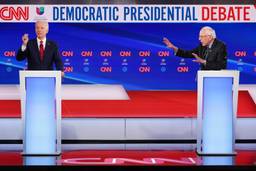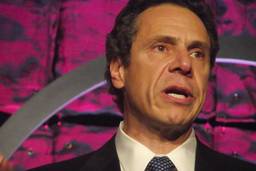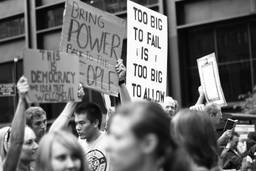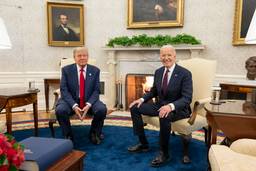What Real Education Reform Looks Like
New reports underscore what should be obvious: Poverty and punitive funding formulas drive America’s education problems.
David Sirota
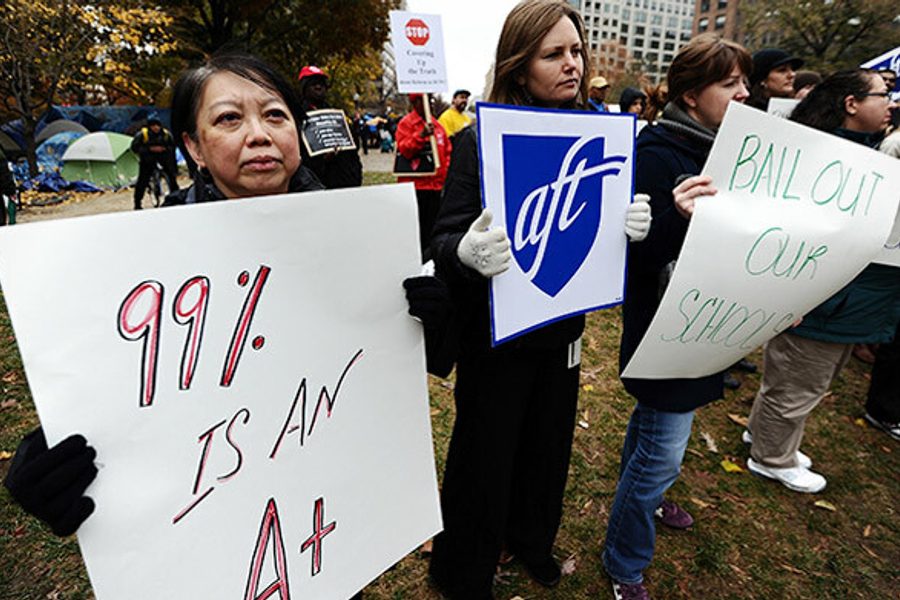
As 2011 draws to a close, we can confidently declare that one of the biggest debates over education is – mercifully – resolved. We may not have addressed all the huge challenges facing our schools, but we finally have empirical data ruling out apocryphal theories and exposing the fundamental problems.
We’ve learned, for instance, that our entire education system is not “in crisis,” as so many executives in the for-profit education industry insist when pushing to privatize public schools. On the contrary, results from Program for International Student Assessment exams show that American students in low-poverty schools are among the highest achieving students in the world.
We’ve also learned that no matter how much self-styled education “reformers” claim otherwise, the always-demonized teachers’ unions are not holding our education system back. As The New York Times recently noted: “If unions are the primary cause of bad schools, why isn’t labor’s pernicious effect” felt in the very unionized schools that so consistently graduate top students?
Now, at year’s end, we’ve learned from two studies just how powerful economics are in education outcomes – and how disadvantaged kids are being unduly punished by government policy.
The first report, from Stanford University, showed that with a rising “income achievement gap,” a family’s economic situation is a bigger determinative force in a child’s academic performance than any other major demographic factor. For poor kids, that means the intensifying hardships of poverty are now creating massive obstacles to academic progress.
Because of this reality, schools in destitute areas naturally require more resources than those in rich ones so as to help impoverished kids overcome comparatively steep odds. Yet, according to the second report from the U.S. Department of Education, “many high-poverty schools receive less than their fair share of state and local funding.” As if purposely embodying the old adage about adding insult to injury, the financing scheme “leav(es) students in high-poverty schools with fewer resources than schools attended by their wealthier peers.” In practice, that equals less funding to recruit teachers, upgrade classrooms, reduce class sizes and sustain all the other basics of a good education.
Put all this together and behold the crux of America’s education problems in bumper-sticker terms: It’s poverty and punitive funding formulas, stupid.
Thus, we arrive at the factor that decides so many things in American society: money.
As the revelations of 2011 prove, students aren’t helped by billionaire-executives-turned-education-dilettantes who leverage their riches to force their faith-based theories into schools. Likewise, they aren’t aided by millionaire pundits sententiously claiming that we just “need better parents.” And kids most certainly don’t benefit from politicians pretending that incessant union-busting, teacher-bashing and standardized testing represent successful school “reforms.”
Instead, America’s youth need the painfully obvious: a national commitment to combating poverty and more funds spent on schools in the poorest areas than on schools in the richest areas – not the other way around.
Within education, achieving those objectives requires efforts to stop financing schools via property tax systems (i.e., systems that by design direct more resources to wealthy areas). It also requires initiatives that better target public education appropriations at schools in low-income neighborhoods – and changing those existing funding formulas that actively exacerbate inequality.
Policy-wise, it’s a straightforward proposition. The only thing complex is making it happen. Doing that asks us to change resource-hoarding attitudes that encourage us to care only about our own schools, everyone else’s be damned.
In America’s greed-is-good culture, achieving such a shift in mass psychology is about the toughest task imaginable – but it’s the real education reform that’s most needed.
David Sirota is an award-winning investigative journalist and an In These Times senior editor. He served as speechwriter for Bernie Sanders’ 2020 campaign. Follow him on Twitter @davidsirota.

